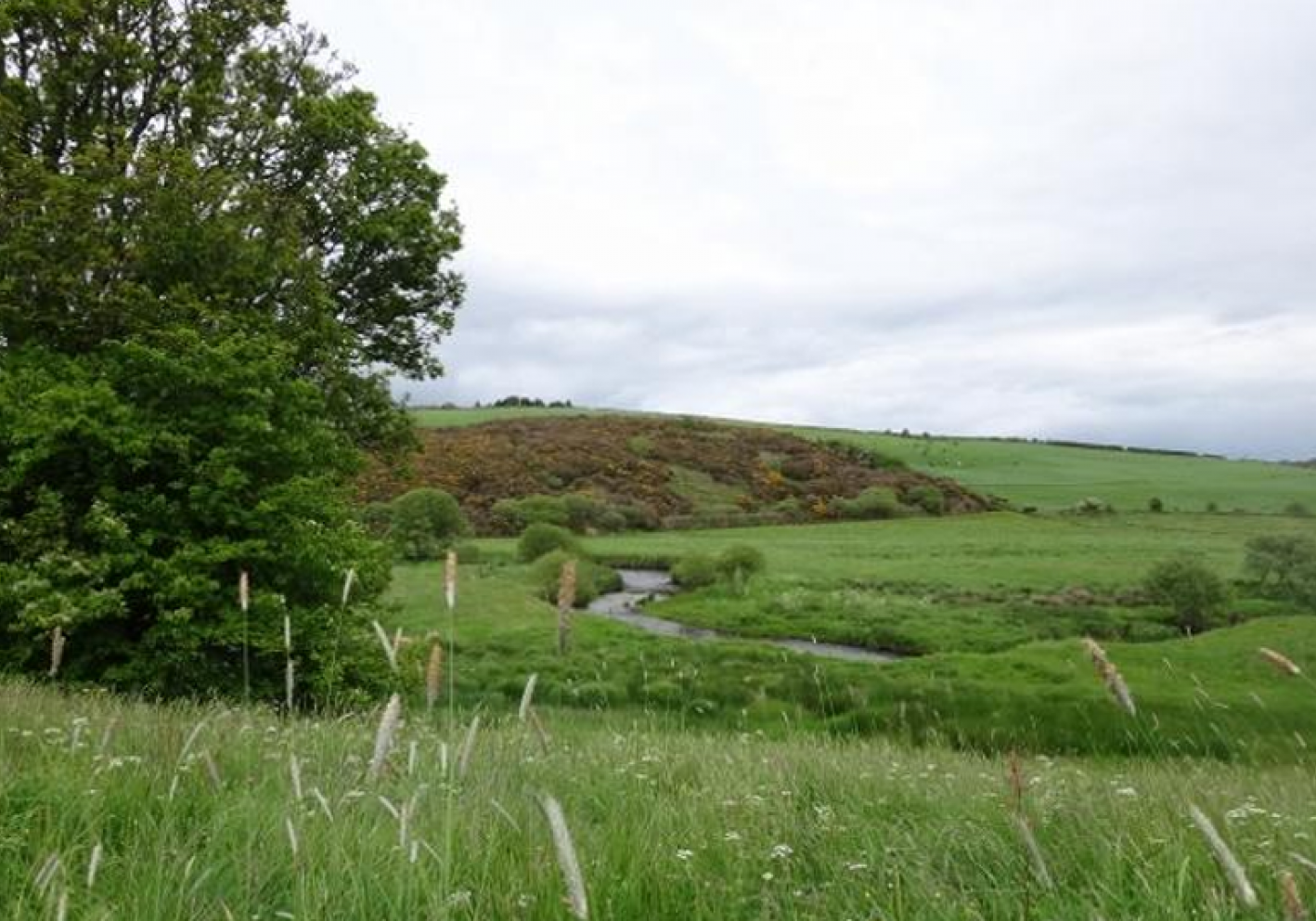Last Thursday (06/11/14) TRAP Project (INTERREG IVc:Cork County Council) and the EPA (Catchments) hosted a workshop to showcase Integrated Catchment Management and practices developed in particular by the Rivers Trusts in the UK. The Duhallow LIFE Project was invited to speak at the event about our own catchment management initiative for the Allow River Catchment and our experiences to date.
The workshop was opened by Bryan Riney of the TRAP (Territories of Rivers Action Plans). Bryan gave a background introduction of the TRAP project, how both TRAP and IRD DuhallowLIFE+ came together to discuss forming a Catchment Management Group and how things have progressed since the first meeting in April 2014, pressing home the idea the inportance of stakeholders involved matter at what level.
Kieran Murphy and Dr Fran Igoe of the Duhallow LIFE Project, presented on the LIFE conservation work being carried out in the Allow Catchment and how this is being further enhanced and developed upon by the River Allow Catchment Management Initiative. This initiative now boasts over 20 stakeholder groups, ranging from state bodies to local volunteer groups and landowners. The keys actions and issues that the initiative aims to address are as follows:
1. River Allow Catchment Management Group
2. Agri-Environmental Scheme
3. Food Harvest 2020
4. Forest Management Plan
5. Municipal Wastewater Treatment Plants
6. On-site Wastewater treatment system inspections
7. Land Use Planning
8. Flood Risk Management
To date, the initiative has seen the establishment of the Catchment Management Group which meets on a regular basis and hosted by IRD Duhallow at Newmarket. A range of issues have already been resolved in a short space of time including a major cronic pollution issue on the river, information for planning, a programme to address trees in the river causing localised flooding and a focus on the ecosystem services that these trees may provide for other people and wildlife within the catchment. An exciting development is the appointment of an Agricultural Scientist to meet with farmers and landowners and develop in partnership an agri-environmental scheme that would be customised for the local River Allow Agricultural environment and incorporate proven measures developed by the DuhallowLIFE project. There has been a very active engagement from stakeholders at many levels and we hope that the energy and drive will make a real difference to the long term improvement of the river and the SAC.
Rob Collins (The Rivers Trust, UK) gave a very interesting overview on the Catchment Based Approach (CABA) in the UK. He showed many examples of the catchment approach working. Rob also outlined 5 steps for approaching the catchment management model: Build partnerships; Use data and evidence to develop the catchment plan; Implement catchment management interventions, measure outcomes and adjust delivery; Improve plan. He also discussed methods of capturing and visualising spatial information.
Mark Horton of the Ballinderry Rivers Trust (NI) engaged us in Stakeholder Engagement. He covered many ways of getting different bodies to participate at whatever level they can. Recognising how and where a stakeholder can get involved is vital to a successful catchment based approach to river conservation.
After the coffee break Mark got the crowd involved in an interactive session. It was the method that the Ballinderry Rivers Trust use to engage the local public. The method involves 4 steps:
1. 'What are my memories of the river?"
2. "What I would like to see done?"
3. "Who can help see that accomplished?"
4. "What can I do?"
After lunch, Barry Bendall (The Rivers Trust, UK) gave an overview on Diffuse Rural Pollution. He highlighted a number of the ways in which nutrients, sediment and chemicals can enter waterways and pointed out some simple and not-so-simple methods of avoiding diffuse pollution.
PJ Phelan, Agricultural Scientist for the River Allow Agri-Environmental Scheme, gave a riveting no holes barred account of the what needs to be done to reduce Diffuse Rural Pollution. He spoke about meeting with the landowners and together coming up with measures that can be brought before the Dept. of Agriculture for approval as a targeted scheme for payment under GLAS+ (Green Low carbon Agri-environmental Scheme). He empahsised the need for statutory agencies to look at how implementation of new Directives etc are being carried out from a regulatory perspective pointing out the need for a "common sense appraoch" that delivers results on the ground.
Pete Kerr of the Northumberland Rivers Trust described some of the flood relief systems they have put in place. We were treated to a short video of the works that went into protecting a small town in Northumberland from annual flooding. Simple yet brilliant thinking went into designing ways for the land to cope with the high waters. This is an approach that we believe may have significant value for the River Allow catchment.
Donal Daly of the EPA closed the workshop with some enlightened comments on each of the presentations and complemented the River Allow Catchment Management initiative.
The IRD DuhallowLIFE Project is supported through the financial instrument of the European Community.




